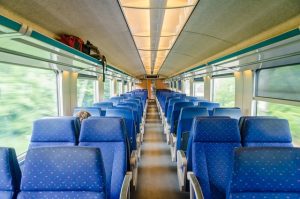As the U.S. begins to open up in ways large and small, the mobility industry is preparing for a broad range of outcomes. There are two fundamental questions facing all of us:
- How many people are coming back to our venues?
- How are they going to get there?
The answers will determine our ability to accommodate mobility demand and allow us to begin to explore policy responses to the new (ab)normal.
We know that many businesses are increasing telecommuting and educational institutions are preparing to extend remote instruction. Many businesses have had to reduce their workforces, and local and state regulations have barred whole categories of activities. Even before formal lockdowns were implemented, many services were already experiencing cancellations of reservations and declining business. All of these factors would indicate that for the vast majority of use cases, total demand for mobility will be down.
Mobility professionals are well aware that most of the approaches to reducing traffic and parking congestion–buses, carpools, vanpools, and rail–require density and close physical contact. If people are unwilling to get onto densely packed modes of transportation or if those transit systems reduce their capacity to provide for physical distancing, people will be forced back into their cars or choose not to make those trips.
The balance between less demand for mobility in total and less demand for shared mobility as a percentage of the whole will dictate what our streets, structures, and curbs look like for the foreseeable future.
Chris Lechner, CAPP, is manager, data analytics and strategic projects, with UCLA Events and Transportation.

